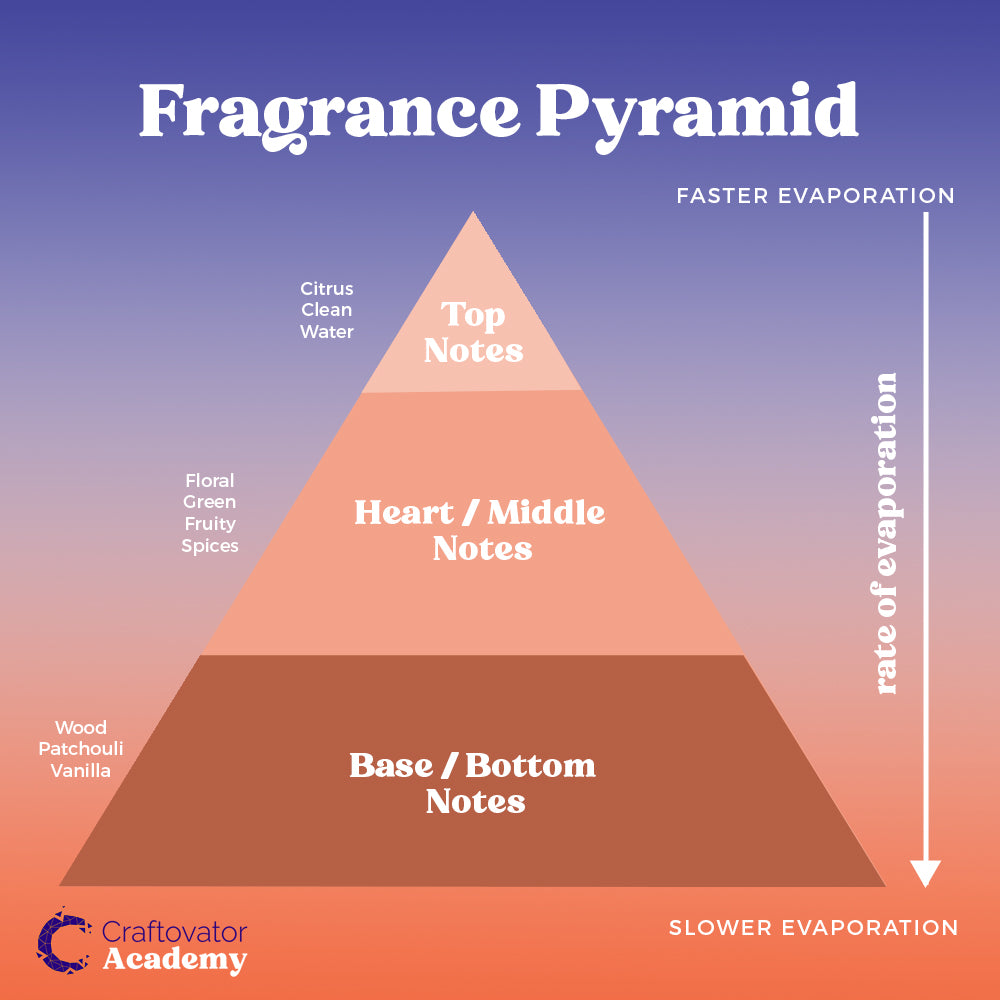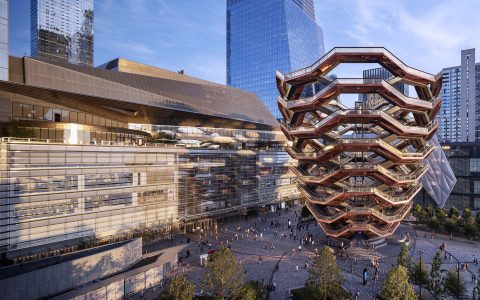Perfume architecture refers to the structure and composition of a fragrance, often described using the metaphor of a building. It's how different notes are arranged and interact to create the overall scent experience.
Key Elements of Perfume Architecture:
- Top Notes (Head Notes): These are the initial, light, and volatile scents that you perceive immediately after applying the perfume. They are often fresh, citrusy, or herbaceous and evaporate quickly.
- Middle Notes (Heart Notes): These notes emerge as the top notes fade and form the core of the fragrance. They are typically floral, spicy, or fruity and last longer than the top notes.
- Base Notes (Foundation Notes): These are the rich, heavy, and long-lasting notes that provide depth and longevity to the perfume. They are often woody, musky, ambery, or vanilla-like and linger on the skin for hours.
Understanding the Structure:
The arrangement and balance of these notes determine the overall character and evolution of the fragrance. A well-constructed perfume has a smooth transition between the top, middle, and base notes, creating a harmonious and evolving scent experience.
Common Perfume Structures:
- Linear: The fragrance remains relatively consistent from beginning to end, with little change in the dominant notes.
- Pyramidal: The fragrance evolves distinctly through the top, middle, and base notes, creating a clear progression of scents.
Factors Affecting Perfume Architecture:
- Ingredients: The quality and characteristics of the ingredients used in the perfume formulation.
- Concentration: The concentration of perfume oil in the fragrance (e.g., Eau de Parfum, Eau de Toilette) affects its longevity and intensity.
- Skin Chemistry: Individual skin chemistry can influence how the fragrance develops and smells on different people.
By understanding perfume architecture, you can better appreciate the complexity and artistry involved in creating a fragrance and make more informed choices when selecting a perfume.








